
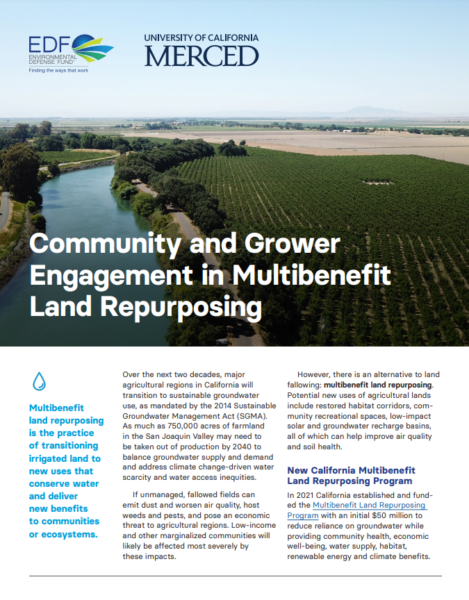 Many regions in California are embarking on a new era of water and land management strategies as local agencies implement sustainability initiatives and climate change intensifies droughts and water scarcity.
Many regions in California are embarking on a new era of water and land management strategies as local agencies implement sustainability initiatives and climate change intensifies droughts and water scarcity.
However, too often low-income rural communities have had little opportunity to influence land and water decisions that directly impact — and often harm — them, resulting in such outcomes as wells drying up and limited access to parks.
California’s new Multibenefit Land Repurposing Program aims to ensure these communities as well as small-scale farmers are more involved in land and water use planning by making their engagement a requirement for funding recipients.
Click here to read more from the Environmental Defense Fund.
RELATED EVENT: Office Hours: March 29: Repurposing farmland that will be fallowed as part of SGMA
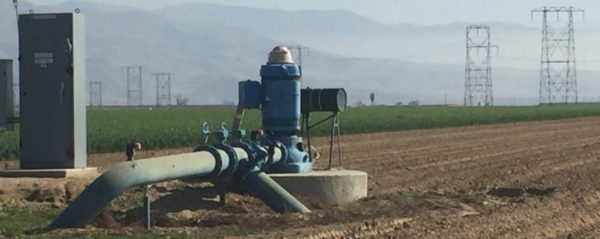 Eric Averett is general manager of the Rosedale-Rio Bravo Water Storage District in Kern County, California, which is one of 21 regions required by the state to balance groundwater demand and supply within 20 years under the Sustainable Groundwater Management Act. Rosedale is home to approximately 27,500 acres of irrigated cropland and 7,500 acres of urban development. Groundwater demand there exceeds supply by approximately 5,000 acre-feet per year. To inform landowners about their water budgets, Rosedale partnered with EDF, Sitka Technology Group, WestWater Research and local landowners to co-develop a new online, open-source water accounting and trading platform. We asked Eric to answer a few questions about how the platform will help local landowners and how it can be expanded to other parts of the Central Valley.
Eric Averett is general manager of the Rosedale-Rio Bravo Water Storage District in Kern County, California, which is one of 21 regions required by the state to balance groundwater demand and supply within 20 years under the Sustainable Groundwater Management Act. Rosedale is home to approximately 27,500 acres of irrigated cropland and 7,500 acres of urban development. Groundwater demand there exceeds supply by approximately 5,000 acre-feet per year. To inform landowners about their water budgets, Rosedale partnered with EDF, Sitka Technology Group, WestWater Research and local landowners to co-develop a new online, open-source water accounting and trading platform. We asked Eric to answer a few questions about how the platform will help local landowners and how it can be expanded to other parts of the Central Valley.
Click here to read this article.

From the Environmental Defense Fund:
One of the biggest challenges to implementing California’s Sustainable Groundwater Management Act hovers around this two-part question:
Who gets to pump groundwater and how much do they get to pump? Or, put another way, who must cut their groundwater use and by how much?
As local groundwater agencies try to answer this difficult question on how to develop allocations, they face one major constraint: They can’t change groundwater rights.
Consequently, the path forward for many groundwater agencies is riddled with legal complexities and questions around equity that shouldn’t be ignored.
Click here to continue reading this article at the Growing Returns blog.
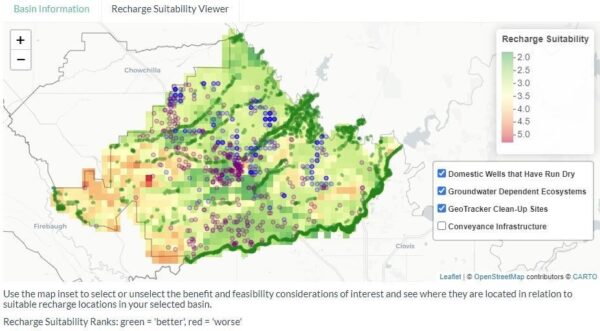 From the Environmental Defense Fund:
From the Environmental Defense Fund:
Recharging groundwater with rain and snowmelt is one strategy water managers are embracing to help balance groundwater supply and demand and comply with the California Sustainable Groundwater Management Act.
Depending on the location, recharge can also deliver other valuable benefits, such as additional habitat for wildlife and a more resilient water supply for people.
With support from EDF, four UC Santa Barbara graduate students have developed a new mapping tool for California’s Central Valley to identify the best locations for groundwater recharge to secure these bonus benefits.
Click here to continue reading at Growing Returns.
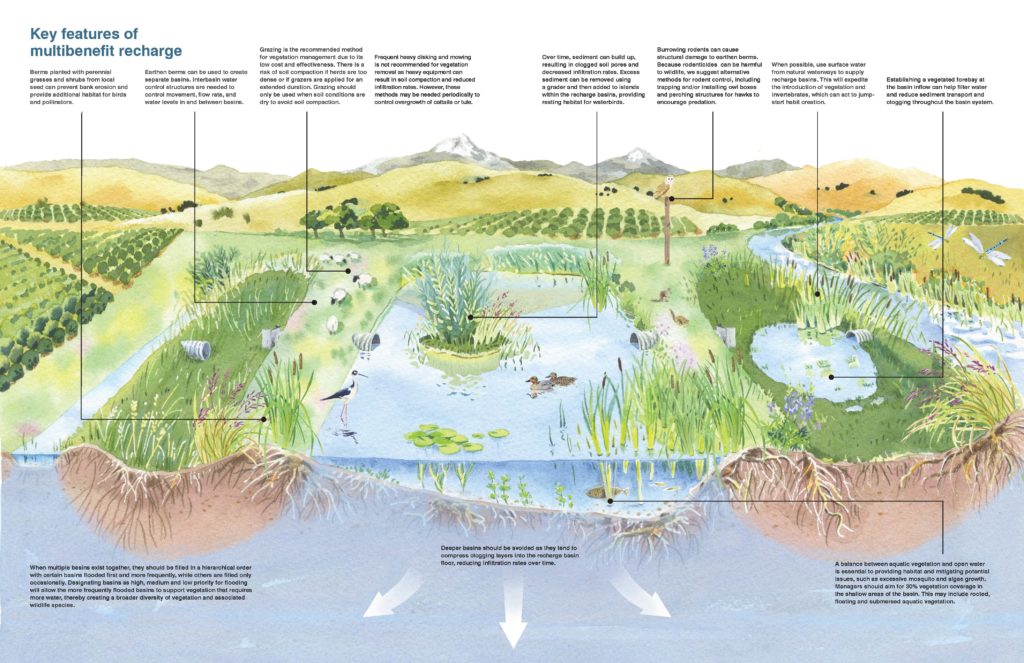 Anna Schiller writes,
Anna Schiller writes,
“I wasn’t expecting to see egrets, herons and pelicans on my first trip to the San Joaquin Valley — a region in the southern part of California’s Central Valley known for its impressive agricultural production and scorching summer heat. I didn’t find these birds at one of the valley’s few wildlife refuges, but at a groundwater recharge facility designed to spread and infiltrate surface water into the ground below.
Recharge basins are becoming increasingly popular in overdrafted regions in California, where water managers are seeking solutions to balance groundwater supply and demand to comply with the state’s Sustainable Groundwater Management Act (SGMA). … ”
Continue reading at the Environmental Defense Fund’s Growing Returns blog.
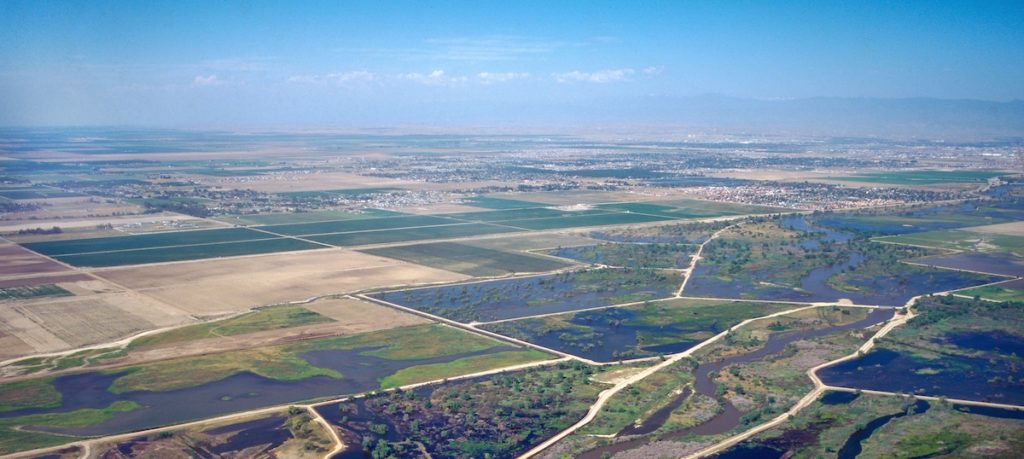
Groundwater managers across the state are looking to groundwater recharge as a potential solution to their community’s water challenges. However, there are concerns about how groundwater recharge in the age of SGMA actually works and how to ensure sufficient instream flows to protect those beneficial uses.
To address these questions, the Local Government Commission and the Clean Water Fund held a webinar to find out more about recharge, environmental flows, water rights, and permitting from a panel of experts. First, Stacey Sullivan from Sustainable Conservation talked about Flood MAR; next Sam Boland-Brien from the State Water Resources Control Board talked about the Environmental Flows Workgroup and permitting issues for groundwater recharge; and then Pablo Garza with the Environmental Defense Fund discussed policy issues related to groundwater recharge.
Read more at Maven’s Notebook here: GROUNDWATER RECHARGE: Balancing our depleted groundwater supplies and ecosystem needs
California’s Sustainable Groundwater Management Act (SGMA), signed into law five years ago, requires local leaders to balance groundwater demand and supplies for the first time. Groundwater is an important foundation of California’s water system, and SGMA is a crucial way of strengthening that foundation and creating a more resilient future for the state.
However, balancing groundwater budgets will not be easy. And this major challenge is further complicated by the fact that activities designed to increase groundwater supplies can unintentionally cause new groundwater quality problems or worsen existing contamination.
A new working paper that Environmental Defense Fund co-authored with Stanford’s School of Earth, Energy & Environmental Sciences; Green Science Policy Institute; and the Energy and Environmental Sciences Area of Berkeley Lab outlines how groundwater management activities can affect not only the quantity but also the quality of groundwater.
Click here to read more and download the report: Five years into SGMA, here are five important considerations for balancing groundwater quality and quantity
Christina Babbit writes,
“By this time next year, 21 critically over-drafted groundwater basins in California must submit plans to the state’s Department of Water Resources for how to bring their basins back into balance.
With this major deadline looming, it’s crunch time for water managers and their consultants – some of whom will begin releasing draft plans in the next six to eight months seeking required public comments.
The Jan. 31, 2020, deadline was set by the Sustainable Groundwater Management Act (SGMA), which the California Legislature approved in 2014. … “
Read more from the Growing Returns blog here: The clock is ticking for groundwater managers in California’s most over-drafted basins
“Even in the depths of winter it’s easy to bite into a plump blackberry or a delicate red raspberry, thanks to Driscoll’s, the world’s largest berry company.
In late 2018, I traveled to the Pajaro Valley, west of Santa Cruz, for a tour of a Driscoll’s research facility, which provided an eye-opening view into how this family-owned company has become an agriculture leader selling berries every month of the year, and why they are so committed to water conservation. … “
Read more from the Growing Returns blog here: How Driscoll’s, the world’s largest berry company, is becoming a leader in water conservation
From EDF’s Market Forces blog:
California’s landscape will transform in a changing climate. While extended drought and recent wildfires seasons have sparked conversations about acute impacts today, the promise of changes to come is no less worrying. Among the challenges for water management:
These changes will make water resources less reliable when they are needed most, rendering water storage an even more important feature of the state’s water system.
Continue reading at the Market Forces blog here: What California’s history of groundwater depletion can teach us about successful collective action
 Many regions in California are embarking on a new era of water and land management strategies as local agencies implement sustainability initiatives and climate change intensifies droughts and water scarcity.
Many regions in California are embarking on a new era of water and land management strategies as local agencies implement sustainability initiatives and climate change intensifies droughts and water scarcity.

 Eric Averett is general manager of the Rosedale-Rio Bravo Water Storage District in Kern County, California, which is one of 21 regions required by the state to balance groundwater demand and supply within 20 years under the Sustainable Groundwater Management Act. Rosedale is home to approximately 27,500 acres of irrigated cropland and 7,500 acres of urban development. Groundwater demand there exceeds supply by approximately 5,000 acre-feet per year. To inform landowners about their water budgets, Rosedale partnered with EDF, Sitka Technology Group, WestWater Research and local landowners to co-develop a new online, open-source water accounting and trading platform. We asked Eric to answer a few questions about how the platform will help local landowners and how it can be expanded to other parts of the Central Valley.
Eric Averett is general manager of the Rosedale-Rio Bravo Water Storage District in Kern County, California, which is one of 21 regions required by the state to balance groundwater demand and supply within 20 years under the Sustainable Groundwater Management Act. Rosedale is home to approximately 27,500 acres of irrigated cropland and 7,500 acres of urban development. Groundwater demand there exceeds supply by approximately 5,000 acre-feet per year. To inform landowners about their water budgets, Rosedale partnered with EDF, Sitka Technology Group, WestWater Research and local landowners to co-develop a new online, open-source water accounting and trading platform. We asked Eric to answer a few questions about how the platform will help local landowners and how it can be expanded to other parts of the Central Valley. 


